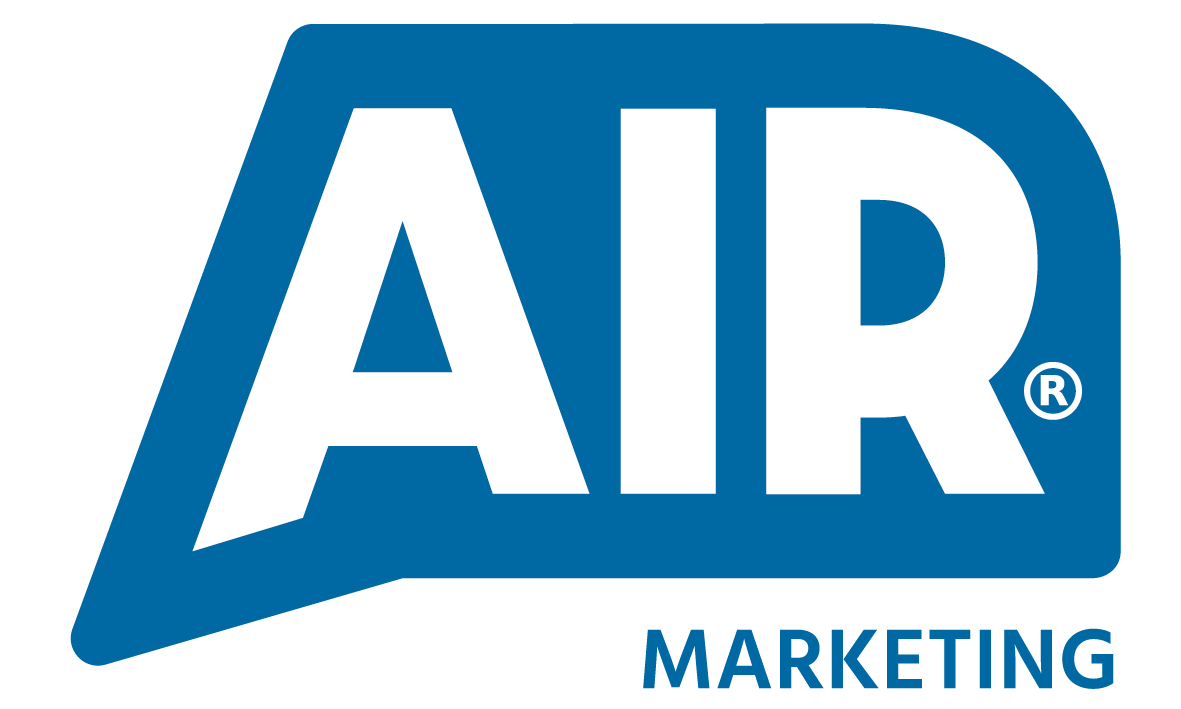Too many outsourced sales providers still sell the same thing: bodies on seats. A quick fix. A headcount number. Someone to make the calls and tick the activity box.
If you’ve worked with that kind of partner, you’ll know what it really means – inconsistent conversations, poor brand representation, and a revolving door of SDRs who never truly understand your business. At Air, we’ve built our reputation on doing the opposite.
The “bodies on seats” model: quantity over quality
In traditional outsourced sales, speed and volume take priority. Providers hire fast, onboard faster, and push people into campaigns before they’re ready.
- Training is minimal and generic –SDRs are put on the phones with little preparation.
- Coaching is rareand often replaced by unrealistic KPIs.
- Support structures are thin,leaving SDRs to struggle without guidance.
- High turnoverbecomes the norm, causing brand inconsistency and lost momentum.
The result is more than wasted budget – it risks your reputation and drains the energy out of your pipeline.
The Air Approach: placing high-calibre sales talent
We don’t fill seats. We build exceptional salespeople.
- Rigorous recruitment focused on mindset – resilience, curiosity, and coachability come before experience.
- Sales Academy training with structured onboarding and continuous development across objection handling, outreach strategy, and client communication.
- Best-in-class technology powering every campaign – CRM, sequencing, analytics, and AI-driven insight.
- Wrap-around support from managers, coaches, data specialists, and performance leads – nobody is left to figure it out alone.
Why this matters to our clients
- Brand-safe conversations with SDRs who understand your proposition and tone of voice.
- Faster ramp and higher conversion because capability and coaching are in place from day one.
- Predictable, scalable outbound that grows with you – not a revolving door of short-term hires.
- Shared accountability for ROI and reputation, not just activity volume.
Bodies don’t build pipelines. People do.
There’s a world of difference between having someone in a seat and having someone who’s equipped to represent your business, connect with your audience, and drive growth.
At Air, we’re proud to be known for the calibre of our people – because that’s what truly powers results. We don’t do “bodies on seats.” We build confident, capable salespeople who deliver impact from day one.
Diving deeper
A side-by-side look at how Air Marketing compares to a typical lead gen agency – from the structure of the team to the strength of the results.
| Air Marketing | Typical Lead Gen Agency |
|---|---|
| Builds revenue engines, not just meetings Measured on pipeline and revenue impact — aligning data, messaging, SDR performance, and conversion strategy for sustainable growth. | Books meetings, not outcomes Measures success on activity volume and meetings set, with limited focus on pipeline quality or revenue progression. |
| A fully built SDR function, with wrap-around support High-calibre SDRs trained through an expert academy, supported by sales leadership, data specialists, and advanced tech to form a complete outbound engine. | Supplies ‘an SDR’ or appointment setter Provides individual reps with minimal structure, coaching, or leadership support, leading to inconsistent performance. |
| Deep industry and target market expertise SDRs matched to industries and markets for sharper, senior-level conversations with defined Ideal Customer Profiles (ICPs). | Generic messaging Relies on one-size-fits-all scripts with limited understanding of industry nuances or buyer pain points. |
| Built by sales leaders who’ve scaled teams Approach shaped by proven experience in building, leading, and scaling high-performing sales teams. | Run by telesales managers Operates with a volume-first mindset — prioritising dial count over process, forecasting, and conversion analysis. |
| Precision cadences Data-driven, message-tested, multi-channel outreach designed to maximise contact rates and conversion performance. | Spray-and-pray outreach Executes bulk sequences at scale with limited targeting or optimisation, resulting in poor engagement and conversion. |
| A plug-and-play partner for sustainable growth Seamless to launch and built to scale — SDR teams embed within your existing sales function to deliver consistent, long-term results. | A short-term supplier, not a partner Designed for quick activation but limited scalability — disconnected delivery teams focused on activity rather than sustainable revenue impact. |


